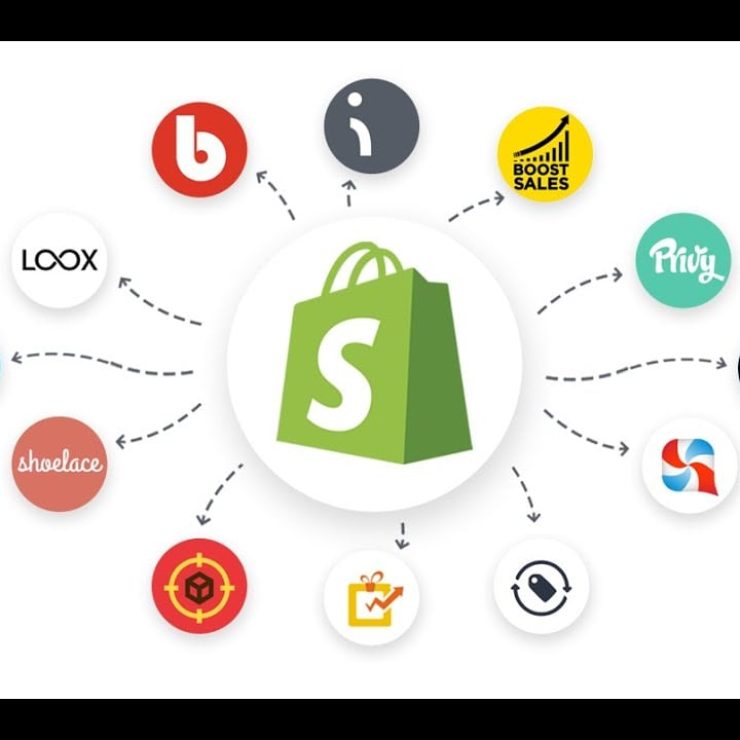Introduction:
Dropshipping and automation look like a match made in digital heaven in the wide realm of e-commerce. Businesses now have the chance to optimize revenue by streamlining their operations and providing customers with a more seamless shopping experience thanks to the growth of platforms like Shopify. But as with other tech interfaces, there are good and bad ways to handle Shopify dropshipping automation. Let’s examine some typical traps to avoid and how “Stores Automation,” a pioneer in Shopify automation services, may assist in preventing these errors for your company.
Over-Automating Without Strategy
Mistake: Believing that automation is a magic wand that, once waved, will fix all business woes.
Solution: While Shopify dropshipping automation is a powerful tool, it’s essential to implement it strategically. “Stores Automation” emphasizes a tailored approach, ensuring that automation aligns with a store’s specific goals and customer base.
Neglecting Customer Service
Mistake: Setting up your Shopify automation service and then forgetting about it.
Solution: The e-commerce world is dynamic. As such, it’s crucial to continuously monitor how your automations are performing. “Stores Automation” offers tools that not only automate but also provide insightful analytics, helping businesses to adapt and evolve.
Choosing the Wrong Automation Tools
Mistake: Opting for tools that don’t fit your business model or are overly complex.
Solution: Each dropshipping business has unique needs. “Stores Automation” recommends a thorough analysis before selecting tools, ensuring they align with your business goals and can be easily integrated into your existing systems.
Ignoring Mobile Shoppers
Mistake: Automating your Shopify store without optimizing for mobile users.
Solution: With a significant chunk of online shoppers using mobile devices, it’s a grave mistake to ignore this segment. Ensure your Shopify automation service optimizes the shopping experience across all devices.
Forgetting About Supplier Communication
Mistake: Assuming that once automation is in place, you no longer need to communicate with suppliers.
Solution: Automation can handle order processing, but regular communication with suppliers is vital. Stay updated with stock levels, potential issues, or changes in product details to ensure your automation tools are up-to-date.
Conclusion: Smart Automation is Key
Shopify dropshipping automation holds immense potential to elevate your e-commerce business. However, the path to successful automation is riddled with potential missteps. By being aware of these pitfalls and leveraging the expertise of leaders like “Stores Automation“, you can ensure that your dropshipping venture thrives in an ever-evolving digital landscape.






